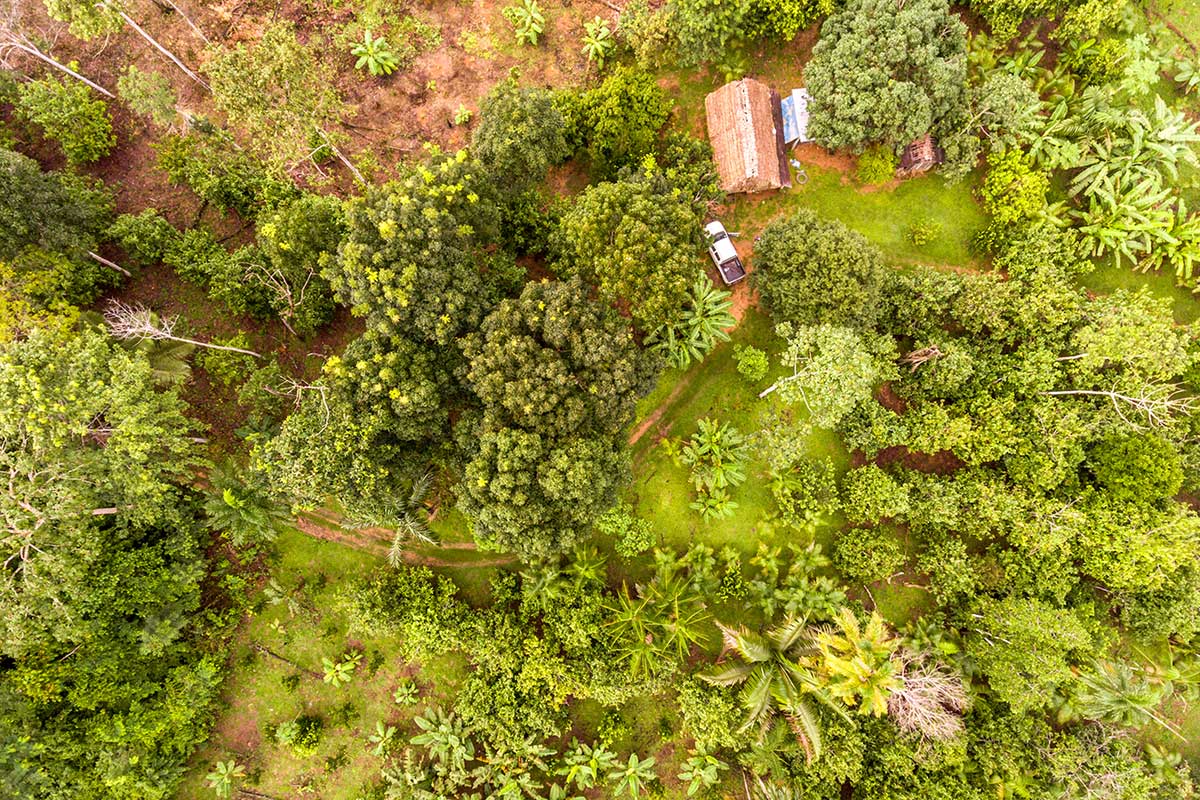The Caribbean region, with its tropical climate and rich biodiversity, is uniquely suited to agroforestry—an age-old agricultural practice that integrates trees and shrubs with crops and livestock. This sustainable technique offers a pathway to revitalizing agriculture in the region, addressing food security, economic stability, and environmental resilience.
Understanding Agroforestry
Agroforestry is a dynamic, ecologically based farming system that combines agricultural and forestry technologies to create more diverse, productive, and sustainable land-use systems. The practice leverages the symbiotic relationships between trees, crops, and livestock to optimize land productivity while conserving resources. In the Caribbean, agroforestry often involves intercropping fruit-bearing trees like mango, breadfruit, or avocado with staple crops such as cassava, yams, or beans.
Unlike monoculture farming, agroforestry enhances biodiversity, improves soil fertility, and provides multiple revenue streams for farmers. These systems can be tailored to address specific climatic and ecological conditions, making them highly adaptable to the diverse landscapes of the Caribbean.

Historical Context in the Caribbean
Agroforestry has deep roots in Caribbean agricultural traditions. Indigenous peoples of the region practiced forms of agroforestry long before colonization, cultivating multi-species gardens that blended crops, medicinal plants, and fruit trees. The maroons, escaped slaves who established free communities in remote areas, also employed agroforestry practices to sustain themselves in challenging environments.
Today, the revival of these practices is gaining momentum as the region grapples with challenges such as soil degradation, climate change, and the need for sustainable agricultural systems.
Economic Benefits of Agroforestry
Agroforestry offers significant economic advantages for Caribbean farmers. By diversifying outputs, farmers reduce their reliance on single crops, which can be vulnerable to market fluctuations or climate shocks. For example, integrating high-value timber species like mahogany with crops allows farmers to generate long-term income while maintaining food production.
The practice also supports agrotourism, a growing sector in the Caribbean. Agroforestry landscapes, with their scenic appeal and educational potential, attract visitors interested in sustainable farming and ecological conservation. In countries like Jamaica and Saint Lucia, agrotourism initiatives centered around agroforestry have been successful in creating additional revenue streams for local farmers.
Environmental Relevance
Agroforestry is particularly suited to addressing the environmental challenges facing Caribbean agriculture. Soil erosion, a common issue in the region due to deforestation and intensive farming, can be mitigated through agroforestry practices. Tree roots stabilize soil, while organic matter from falling leaves enriches it.
Additionally, agroforestry helps combat climate change by sequestering carbon in tree biomass and soils. According to the Food and Agriculture Organization (FAO), agroforestry systems can store more carbon than conventional agricultural systems, making them an effective tool for reducing greenhouse gas emissions.
Water management is another critical benefit. Tree canopies reduce water runoff and increase infiltration, ensuring a more consistent water supply for crops. In arid regions like parts of Haiti, this can be crucial for sustaining agriculture during dry spells.
Agroforestry and Food Security
The Caribbean’s dependence on food imports—estimated at over 60% of its total food consumption—underscores the importance of local food production. Agroforestry enhances food security by increasing the diversity and resilience of agricultural systems. Farmers practicing agroforestry can produce a wider array of crops and livestock, ensuring a steady supply of nutritious food.
A case study from Saint Vincent and the Grenadines highlights the role of agroforestry in improving food security. After the 2021 volcanic eruption, which devastated traditional farming systems, agroforestry initiatives helped communities recover by providing immediate food resources and restoring degraded lands.
Social and Cultural Dimensions
Agroforestry aligns with traditional Caribbean agricultural practices, making it culturally significant. Its emphasis on diversity and community-oriented farming resonates with the region’s historical emphasis on shared land use and collective resilience. Educational programs and farmer cooperatives have been pivotal in reintroducing agroforestry to younger generations, ensuring its sustainability.
Challenges and Solutions
Despite its benefits, agroforestry faces challenges in the Caribbean. Land tenure issues, limited access to credit, and insufficient technical knowledge can hinder adoption. Addressing these challenges requires coordinated efforts between governments, NGOs, and local communities.
Governments can play a critical role by offering financial incentives for agroforestry practices, such as subsidies or tax breaks. Additionally, partnerships with international organizations like the FAO and the Caribbean Community Climate Change Centre (CCCCC) can provide technical support and funding for large-scale agroforestry projects.
Successful Agroforestry Models in the Caribbean
Several Caribbean nations have implemented successful agroforestry programs. In Jamaica, the Trees for Tomorrow initiative integrates fruit and timber trees with crops, benefiting both farmers and the environment. In Dominica, traditional agroforestry systems involving bananas and citrus have been modernized to include soil conservation techniques and improved crop varieties.
One standout example is the work of the Caribbean Natural Resources Institute (CANARI), which has been instrumental in promoting agroforestry across the region. Their projects have demonstrated the economic viability and ecological benefits of integrating agroforestry into national agricultural policies.
Future Prospects for Agroforestry in the Caribbean
As the Caribbean faces the dual challenges of climate change and economic uncertainty, agroforestry stands out as a viable solution. The practice not only enhances the resilience of agricultural systems but also aligns with global sustainability goals, such as those outlined in the United Nations’ Sustainable Development Goals (SDGs).
Scaling up agroforestry in the Caribbean will require robust policies, targeted investments, and widespread education. Training programs that empower farmers with the skills to implement and manage agroforestry systems will be crucial. Additionally, integrating agroforestry into school curriculums can inspire the next generation to embrace sustainable agriculture.
Conclusion
Agroforestry represents a holistic approach to agriculture that addresses the economic, environmental, and social challenges facing the Caribbean. By blending traditional knowledge with modern techniques, the region can build a more resilient and sustainable agricultural sector. With the right support, agroforestry has the potential to transform Caribbean agriculture, ensuring food security and environmental stability for generations to come.
